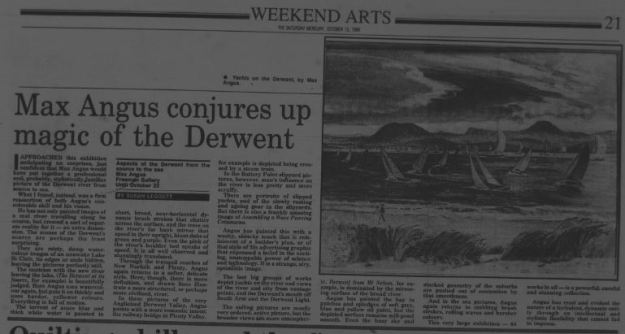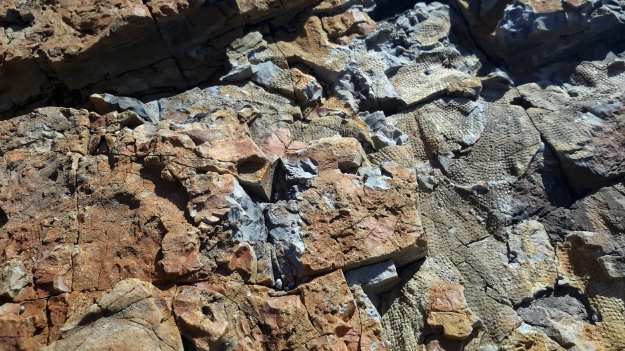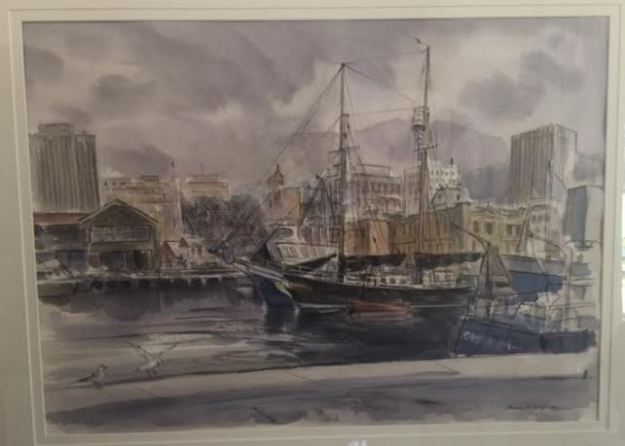Since Andrew had walked this way, much rain had fallen so that any chance of crossing Black Bob’s Rivulet somewhere near where he walked was zero.
I continued back to the old Cooma property through more locked gates.
The owners were in the distance checking on some of their animals. Incredibly healthy cattle wandered around the unfenced land. Big curious fellows. Superb condition. Beautiful black coats. Brown coats. Mixed colours. As usual I talked to the animals.
Elsewhere, I watched a large family of yellow tailed Black Cockatoos raucously calling from tree to tree. On another occasion a rush of coloured parrots whipped through the bush with astounding speed.
A large number of gravel roads and tracks meander over the hills between Catagunya and Wayatinah. Many do not appear on maps. Without a compass a walker could spend hours taking useless tracks – apparently people have been known to become so disoriented they find themselves way north of the river and after many kilometres back on the Lyell Highway. In part, the tracks were created to service plantation forests grown after original native forests were cleared and burnt. The other user is TasNetworks, the State company which travels around to access the electrical power transmission towers and to check the levels of vegetation along the transmission lines.
Since massive bush fires many years ago in one part of the area between Catagunya and Wayatinah, the remnants of hundreds of hectares of pine plantations have created a problem for the forestry industry. The small remaining stands of living trees are awkward to reach and not profitable to harvest. Much of the land is covered by burnt parts of trees none of which can be used. The cost to clear seems too high. Lost money. Lost opportunity. And lost original native forests. Nature always attempts to reclaim its place however in practice this means that those plants which breed well and grow quickly can create monocultures no less damaging than the single species plantation forests . In parts along the burnt out section, native plants that act like weeds such as some wattles are already taking over. Monocultures do not a forest make.








































































